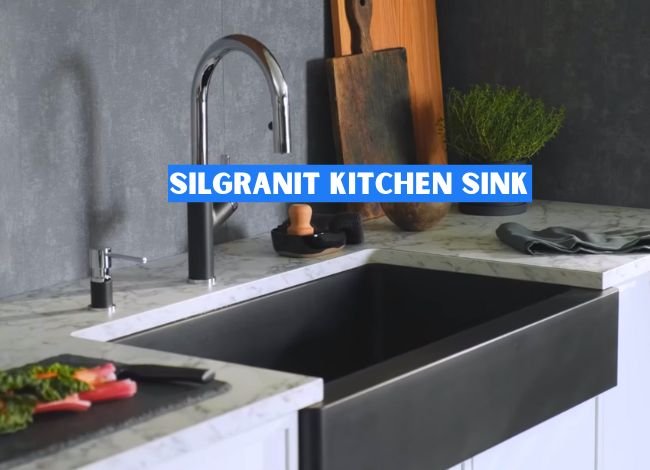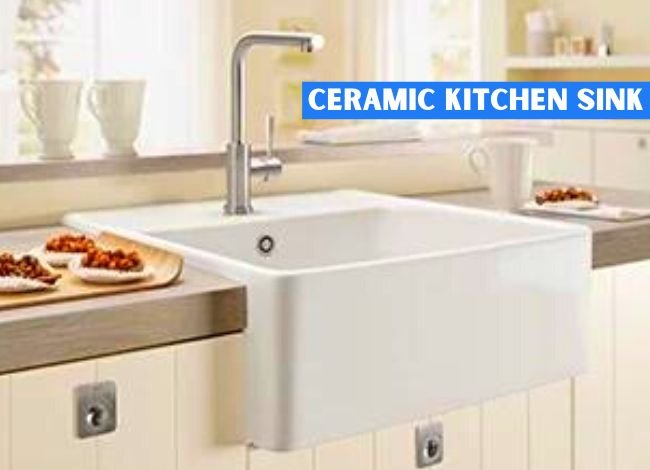Last Updated on February 8, 2024
Some materials are more durable than others. For example, stainless steel sinks are known for their durability and resistance to stains, scratches, and heat. Porcelain, Silgranit, and ceramic sinks are also durable and easy to clean, but they can chip or crack if subjected to heavy impact. Solid surface sinks, such as those made of acrylic or composite materials, are also durable and resistant to stains and scratches, but they may be more prone to scratching than stainless steel sinks.
Some brands are known for producing high-quality, durable sinks. Researching and comparing different brands can help you find the best material for a kitchen sink that will stand the test of time.
Comparison Table Between Silgranit vs. Stainless Steel vs. Ceramic vs. Acrylic
| Feature | Silgranit | Stainless Steel | Ceramic | Acrylic |
|---|---|---|---|---|
| Material Durability: | Very High | High | High | Moderate |
| Maintenance: | Low | Moderate | Low | Moderate |
| Aesthetic Variety: | High | Moderate | High | High |
| Heat Resistance: | High | High | Moderate | Low to Moderate |
| Price Range: | Moderate to High | Low to Moderate | Moderate to High | Low to Moderate |
Kitchen sink materials comparison with pros and cons
There are several materials that are commonly used for sinks, each with its own set of benefits and drawbacks. Ultimately, the best material for a sink will depend on your specific needs and preferences. Some common materials used for sinks include:
Silgranit Kitchen Sink: Advantages and Disadvantages
Silgranit sinks, also known as composite granite sinks, are made of a mixture of granite and acrylic. They are known for their durability, resistance to stains, scratches, and heat, and easy maintenance. Here are some pros and cons of Silgranit sinks:
| Pros | Cons |
|
|
Stainless Steel Sink: Pros and Cons
Stainless steel sinks are a popular choice for kitchens due to their durability, resistance to stains and scratches, and easy maintenance. Here are some pros and cons of stainless steel sinks:

| Advantages | Disadvantages |
|
|
Acrylic Kitchen Sink: Benefits and Setbacks
An acrylic sink is made from acrylic material, which is a type of plastic. It is lightweight, easy to clean, and available in a wide range of styles and colors. Acrylic sinks are generally more affordable than other types of sinks.

| Pros | Cons |
|
|
Ceramic Sink: Pros and Cons
Ceramic kitchen sinks can be a stylish and functional choice for a kitchen, and it’s important to weigh the pros and cons before deciding.

| Advantages | Drawbacks |
|
|
Final Thought
Proper maintenance is key to maintaining the longevity of any sink. Regularly cleaning and drying your sink, using a sink protector or cutting board, and avoiding harsh or abrasive cleaning products can all help extend your sink’s life. Ultimately, the best sink material for you will depend on your budget, design preferences, and the specific needs of your kitchen.




